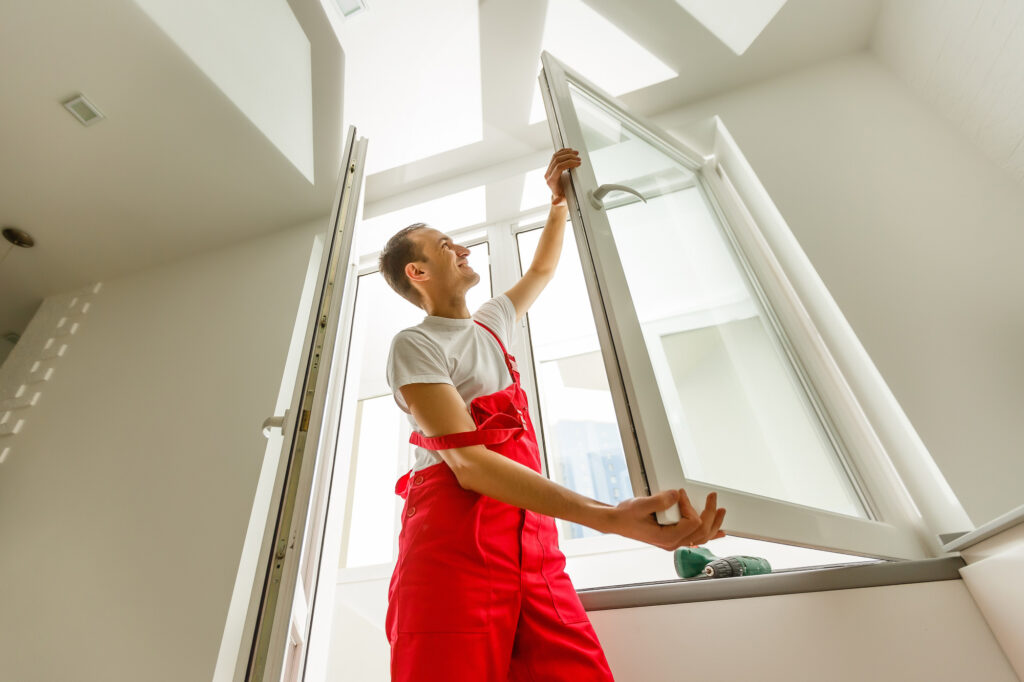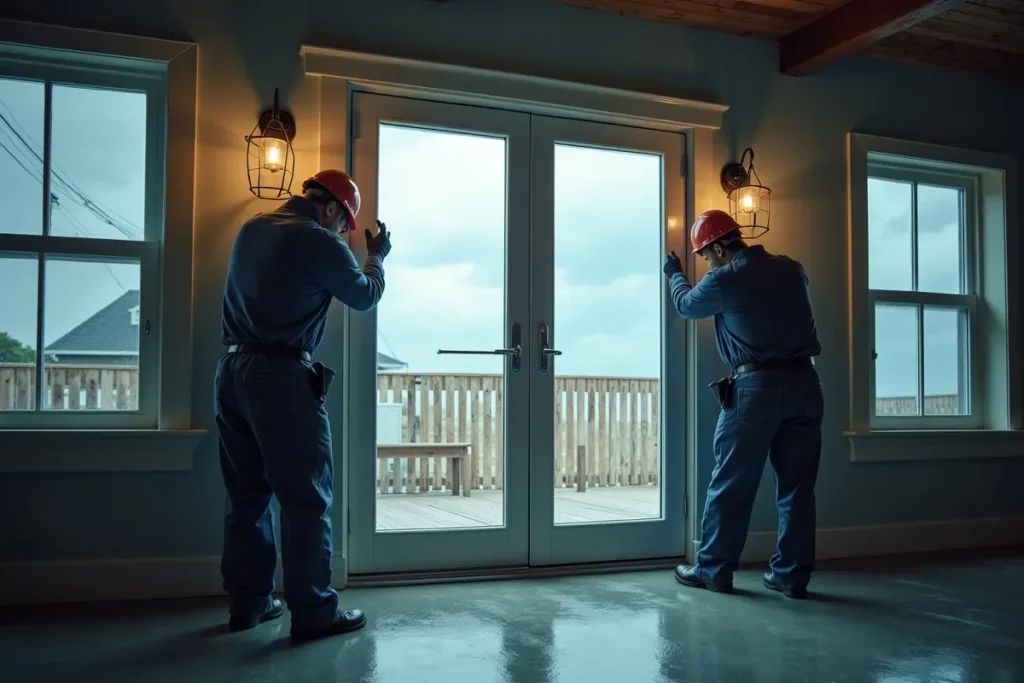So, your roof needs replacing. Maybe it’s old. Maybe it’s damaged. Or maybe it’s just time. Whatever the reason, a full roof replacement is a major project, and knowing what actually goes into it can make the process feel a whole lot less overwhelming.
This isn’t just a matter of ripping off some shingles and nailing down new ones. There’s more going on behind the scenes than most people realise.
First, the Inspection
Before anything starts, there needs to be a proper inspection. No guessing. A qualified roofer will take a close look at the current condition of your roof to figure out what’s going on under there. This initial step helps determine whether minor repairs will do the trick or if a full roof replacement Adelaide is actually needed.
They’re not just checking for missing tiles or visible damage; they’re assessing structural integrity, flashing, ventilation, and the condition of the decking underneath. Sometimes, what looks like a simple fix ends up being more involved.
They’ll also measure the roof, note the pitch, and look out for any odd angles or features that might affect the work.
Planning and Permits
You can’t just start tearing off a roof without making sure the paperwork is sorted. Most areas require a permit before any major roofing work can begin.
This stage also includes:
- Choosing your materials
- Confirming the scope of the project
- Scheduling the work window
- Ordering supplies
- Factoring in weather conditions
It’s also the time to talk through any add-ons or upgrades you might want, like better insulation or a new ventilation system.
Stripping Off the Old Roof
Here’s where the real work kicks in. The entire existing roof covering—tiles, shingles, underlayment—gets removed. It’s messy, loud, and labour-intensive. Everything has to come off so that the base structure can be properly inspected and prepped.
Any debris is collected and hauled away, usually in a skip bin nearby. Tarps are often laid around the property to catch anything that falls during the process.
This step matters because roofing over old material is rarely a good idea. You need a clean base to build something that lasts.
Checking the Decking
Once the old roof is gone, the decking is fully exposed. This is the wooden base that everything else sits on. If it’s solid, great—it stays. But if there are any soft spots, water damage, mould, or sagging sections, those will need to be repaired or replaced. It’s crucial to get this part right, or you’re building on a weak foundation.
You’d be surprised how often hidden damage shows up at this stage. That’s why it’s smart to budget a little extra for unexpected fixes.
Laying Down the Underlayment
Think of this layer as the roof’s safety net. The underlayment is a waterproof barrier that goes between the decking and the final roof covering. It helps stop moisture from sneaking through if water ever gets past the top layer.
Depending on the type of roof you’re installing, this step might also include ice and water shields or other moisture barriers, especially around chimneys, vents, and valleys where leaks are more likely.
Flashing and Edges
Flashing is what protects the vulnerable spots—where the roof meets a wall, around skylights, chimneys, or any area where water could find its way in.
Edges are reinforced, valleys are sealed, and flashing is installed or replaced as needed. This step is all about waterproofing the problem areas. It doesn’t matter how strong your shingles are if water is pouring in around the chimney.
Installing the New Roof
Now comes the part that actually looks like a new roof going on. Shingles, tiles, or whatever material you’ve chosen are carefully installed from the bottom up. This step is meticulous and often takes the longest. Every piece has to be lined up properly, secured, and sealed to prevent future issues.
There are different techniques depending on the material and the slope of your roof, but the core idea is the same: build a tough, weatherproof shell that lasts.
Also, ventilation matters. Roofs need to breathe, so proper vent installation is part of this phase too. Without good airflow, you risk heat and moisture buildup in the attic.
Clean-Up and Final Inspection
A good roofing crew doesn’t leave a mess behind. Once everything’s installed, the team will clean up the site, clearing debris, collecting nails, removing tarps, and hauling away leftovers. The property should look like they were never there (except now there’s a brand-new roof).
Then comes a final walkthrough or inspection. This is to double-check that everything was done to spec and nothing was missed. If there’s a permit involved, the local council might send someone to do this as well.
You’ll also likely get a rundown of the warranty and any paperwork tied to the materials used or the workmanship itself.
What Happens After the Work’s Done?
A new roof doesn’t need much attention straight away, but it’s a good idea to keep an eye on it through the next season or two. Heavy rain? Strong winds? Just glance up and make sure everything still looks solid.
Down the line, some basic maintenance helps extend the life of your new roof. Think occasional inspections, clearing gutters, and trimming overhanging branches. If the job was done properly, though, you shouldn’t need to think about it again for decades.
It’s More Than Just New Shingles
A roof replacement is a full-on construction project. It’s structured, planned, and involves multiple stages that all play a critical role in protecting your home. Knowing the steps helps you understand what to expect and gives you the confidence to ask the right questions and make the right calls along the way.





Leave a Reply
You must be logged in to post a comment.